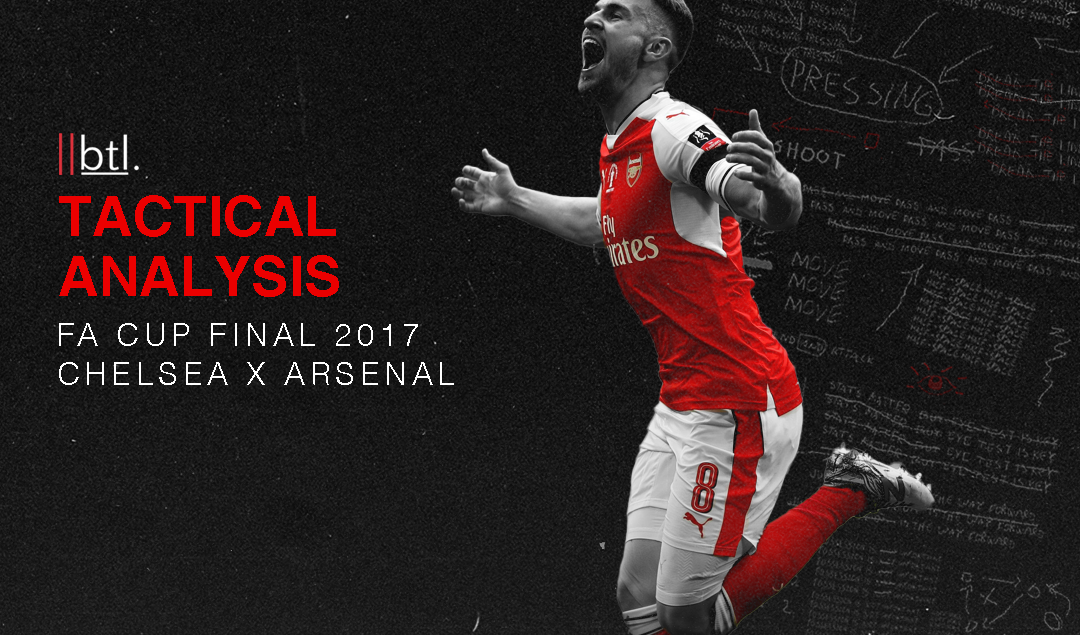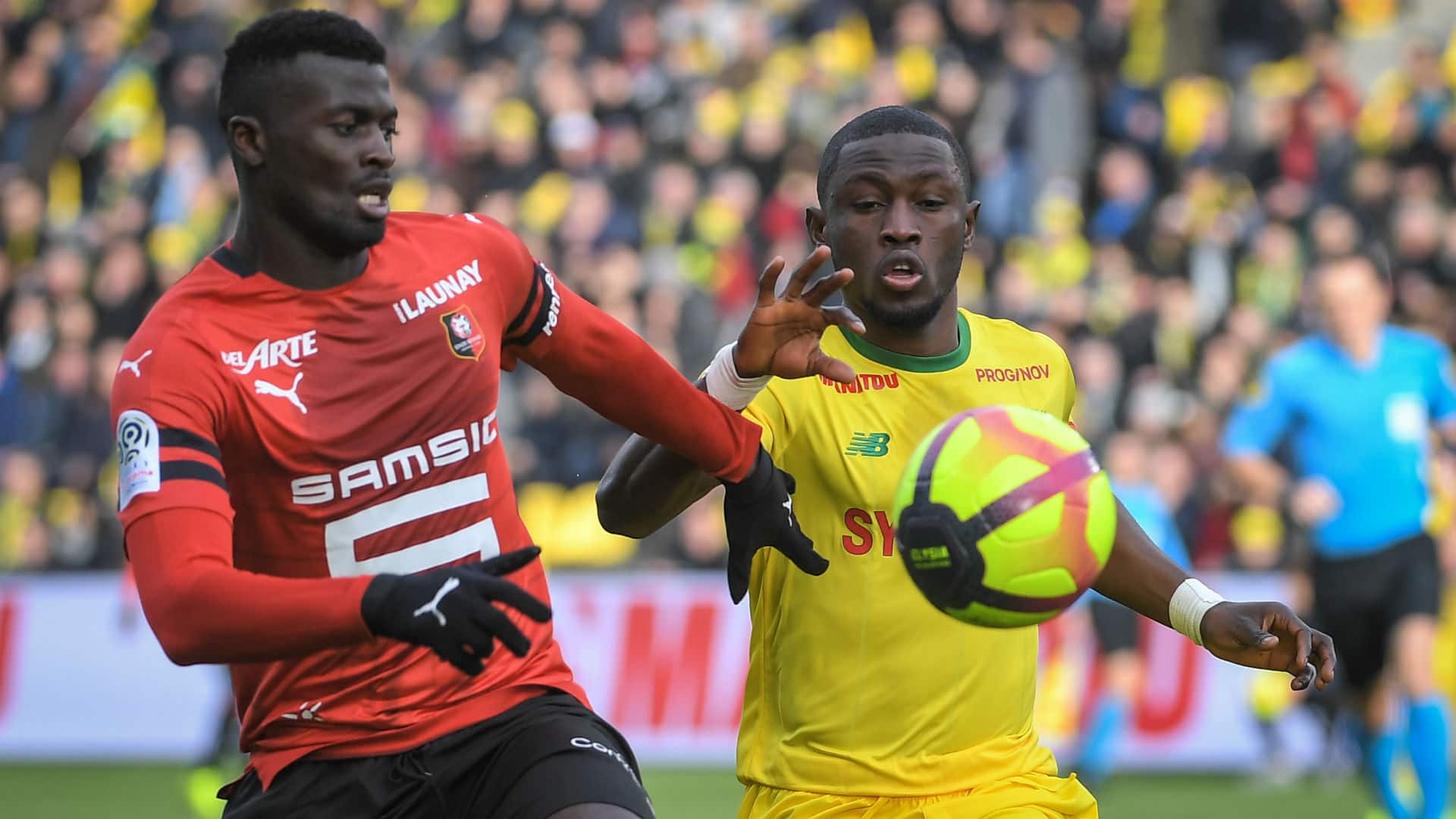The Brittany derby between Stade Rennais and FC Nantes is one of the most passionate rivalries in French football. Known for its fierce competitive spirit and local pride, the clashes between these two sides are not just about points; they are about bragging rights in a region where football culture runs deep. This article delves into the tactical nuances of these encounters, examining how each team approaches the match and what strategies they employ to secure victory.
The Historical Context of the Rivalry
Before diving into tactical details, it’s essential to understand the backdrop of this rivalry. Rennes and Nantes are not only geographically close but also have a long-standing history in French football. The matches between them often reflect the socio-cultural dynamics of the region. Historically, Nantes has been more successful, boasting multiple Ligue 1 titles, while Rennes has often played the role of the underdog, striving to prove itself.
Tactical Overview of Rennes

Stade Rennais has built a reputation for its dynamic attacking play under various managers, particularly in recent seasons. Their tactical setup often features the following elements:
- Formation: Rennes typically employs a 4-3-3 or a 4-2-3-1 formation, allowing for both width and central control.
- Pressing Game: The team is known for its high-pressing style, aiming to win back possession quickly and transition into attack.
- Wing Play: Rennes utilizes the pace and skill of its wingers, often stretching the opposition’s defense and creating space for central players.
- Ball Retention: The midfield trio often focuses on maintaining possession, utilizing quick, short passes to break down opposing defenses.
Tactical Overview of Nantes

In contrast, FC Nantes has often favored a more pragmatic approach, particularly under their recent managerial setups. Key tactical characteristics include:
- Formation: Nantes frequently adopts a 4-4-2 or a 4-2-3-1 formation, providing a solid defensive structure.
- Defensive Solidity: The emphasis is on defensive organization, often looking to absorb pressure and hit opponents on the counterattack.
- Counter-Attacking Play: With quick forwards, Nantes looks to exploit spaces left by opponents, especially when they commit numbers forward.
- Set-Piece Threat: Nantes has been known to capitalize on set-pieces, utilizing physicality and aerial prowess in their attacking strategy.
Key Tactical Battles in Recent Encounters
In recent matchups, several tactical battles have defined the outcomes. Here are some notable examples:
Midfield Control
The battle for midfield supremacy is often crucial in determining the outcome of Rennes vs Nantes fixtures. Rennes typically seeks to dominate possession through their midfield trio, while Nantes aims to disrupt play and regain control. For instance, in their last encounter, Rennes’ Eduardo Camavinga showcased his ability to break down opposition plays with interceptions and quick transitions, whereas Nantes relied on the physicality of players like Imran Louza to challenge for second balls.
Wing Play vs. Defensive Solidity
Rennes’ wingers, such as Kamaldeen Sulemana, often pose significant threats with their pace and dribbling skills. In contrast, Nantes’ defensive full-backs prioritize positioning and tactical fouling to disrupt Rennes’ attacking flow. A key moment in their last match saw Rennes exploiting the width, creating a goal-scoring opportunity that tested Nantes’ backline. However, Nantes’ defensive unit, marshaled by captain Nicolas Pallois, effectively mitigated the threat through disciplined marking and well-timed tackles.
Set-Pieces and Aerial Duels
Set-pieces are critical in tight matches. Rennes has shown vulnerability in defending set-pieces, which Nantes has exploited in previous encounters. For example, in a 2021 match, Nantes scored a crucial goal from a corner, highlighting the importance of aerial duels. Rennes must improve its organization to prevent Nantes from capitalizing on these opportunities in future clashes.
Player Impact on Tactical Strategies
The effectiveness of tactical setups often hinges on individual player performances. Here’s a look at key players who have influenced the tactical landscape in Rennes vs Nantes matches:
- Rennes:
- Martin Terrier: Known for his versatility, Terrier can play across the front line, providing depth and creativity.
- Benjamin Bourigeaud: His ability to deliver precise crosses and set-piece deliveries adds another dimension to Rennes’ attacking threat.
- Nantes:
- Ludovic Blas: As a forward, Blas combines skill and physicality, making him a key player in counter-attacks.
- Andrei Girotto: His defensive capabilities and leadership in the backline help Nantes maintain structure against attacking teams.
Statistical Insights

Statistics play a crucial role in analyzing tactical effectiveness. A few key metrics from recent Rennes vs Nantes encounters include:
- Possession Percentage: Rennes often averages around 60% possession in these matches, reflecting their control of the game.
- Shots on Goal: Rennes typically outshoots Nantes, averaging 15 shots per match compared to Nantes’ 8.
- Fouls Committed: Nantes often commits more fouls (around 14 per match) as they seek to disrupt Rennes’ rhythm.
Future Tactical Considerations
Looking ahead, both teams must adapt their tactics to remain competitive. For Rennes, improving their defensive organization and set-piece defending is crucial, while Nantes should focus on enhancing their attacking transitions and creativity in the final third. Key areas for development include:
- Rennes:
- Enhancing defensive communication during set-pieces.
- Improving the effectiveness of wide players in breaking down compact defenses.
- Nantes:
- Developing a more cohesive attacking strategy to complement their defensive solidity.
- Utilizing pacey forwards to challenge high defensive lines.
The tactical battles between Stade Rennais and FC Nantes are a microcosm of broader themes in football: the clash of philosophies, the importance of individual brilliance, and the impact of strategic planning. Rennes’ attacking prowess often meets Nantes’ defensive discipline, creating compelling narratives in each encounter. As both teams continue to evolve, their tactical approaches will be crucial in shaping the outcomes of future derbies. Understanding these dynamics not only enriches the viewing experience but also deepens appreciation for the beautiful game.